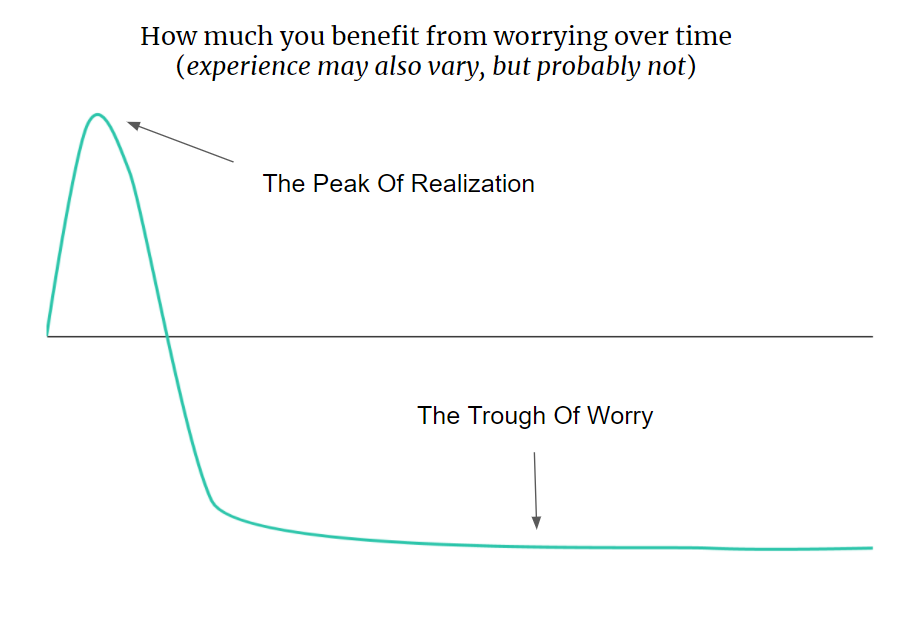On the evening of September 26, 1983, it was a night like any other for Stanislav Petrov.
A lieutenant colonel in the Soviet Air Defense, Petrov had been assigned to a bunker command center near Moscow.
This bunker was not like other command centers in Moscow though because, unlike the rest, it housed Russia’s most important Cold War asset: Oko, the nuclear missile warning system.
Petrov was on duty watching the system’s satellite feeds when, shortly after midnight, the early warning system reported a missile launched from the United States immediately followed by four more… all aimed at the USSR. Monitoring for this exact event was why Oko had been created, so that Russia would be prepared for any escalation in the Cold War by the United States.
Soviet Military Protocol required Petrov to report the incident up the chain of the command so a retaliatory launch could be triggered. This strategy of mutually assured destruction was the only defense Russia thought it had against the United States.
Petrov did the unthinkable though, and directly disobeyed protocol.
He did so because not only did he not believe that the Americans would start a war with five missiles, but he didn’t believe that they would start a war at all. Petrov was correct, and the missile “alerts” were eventually determined to be caused by a malfunction from the satellite picking up a rare alignment of sunlight on high-altitude clouds.
In that moment, Stanislav Petrov gave the entire United States the benefit of the doubt because the only other option was war and for that choice he will go down in history as a hero.
What is the Benefit of the Doubt?
The benefit of the doubt is assuming that somebody is telling the truth when they might otherwise be lying.
This is a common occurrence when somebody you know provides you an excuse that you have no way to confirm.
- I was late because there was traffic!
- I couldn’t make it to dinner because I had to work.
- I’m sick so I can’t make it out of the house today.
In these situations, it’s easy to give the benefit of the doubt. You’re dealing with people you know. You’ve had many conversations, shared experiences, and developed trust over a period of time. Of course if this person has a history of lying, then that would be different (but you should be trying to avoid relationships with lying in general).
Giving the benefit of the doubt to people you know is easy. Giving it to people you don’t is hard.
What’s The Downside
A few years ago a man came up to me at a rest stop when I was filling up my car.
He was in a rush, told me an incredibly detailed story that involved a broken down car, a state trooper, two towing companies, and finished it by asking for $19 so he could pay for the cheaper towing option (or else the State Trooper would tow it and charge him much more).
My immediate thought was “How do I know if this guy is telling the truth?”.
Then, after 15 seconds of thinking about it, I realized I couldn’t figure out if he was with 100% certainty.
What I was certain of though, is that I have been in similar situations before.
I’ve been out of my element, without access to a phone, to cash, or to friends and I have had to beg for help.
So I gave him $20.
The downside? I got scammed out of some cash.
The upside? I got somebody out of a tough situation.
If this situation repeated itself 100 times, I’m sure a I’d get scammed a few times. Maybe 10, maybe even 50.
Even if I got scammed 50 times out of 100, and ended up helping only half of the time, I’d would rather be the person who helps, rather than someone who assumes the worst and acts as a bystander.
The Benefit to You
If you start giving strangers the benefit of the doubt, it will immediately change the way you interact with the world, and your mindset, for the better.
Think about the many day-to-day interactions you have with people that you don’t know.
The stressed out barista who messes up your order at your local coffee shop…
The homeless man who you pass by who is asking for food or money…
The attendee who showed up late to your meeting…
If you give them the benefit of the doubt, not only will they be better off, YOU will be better off. Your internal thoughts will become more positive, you will be happier as a person, and people around you will notice.
Always giving the benefit of the doubt is, without a doubt, the best way to live.


Recent Comments